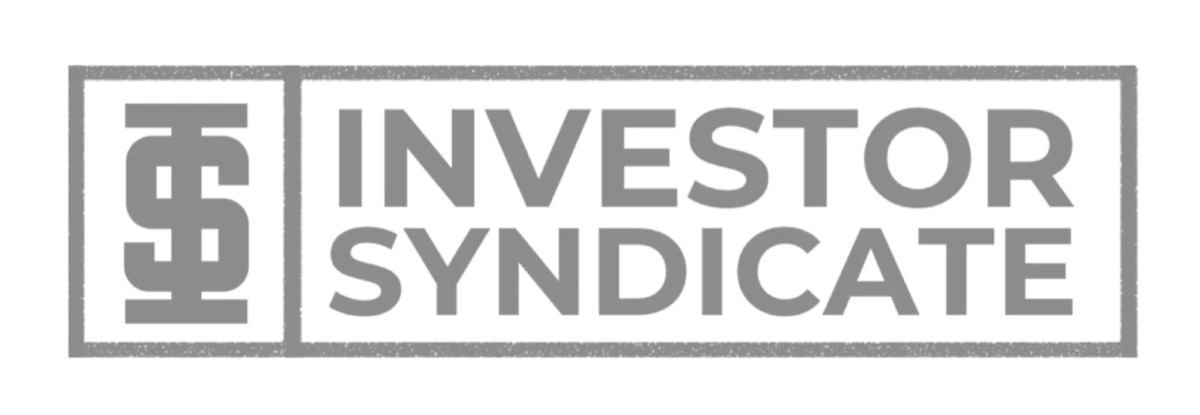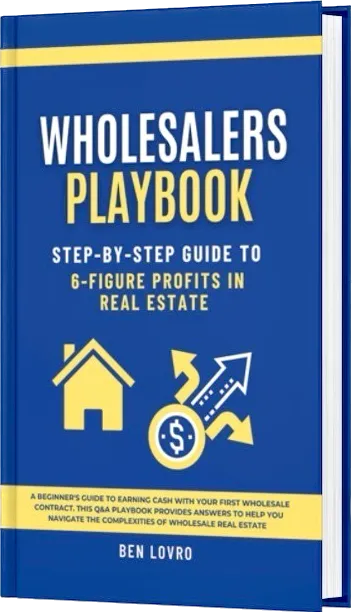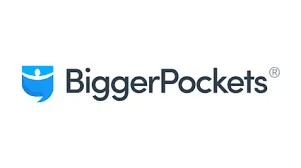Investor Syndicate Blogs
Download The Deal Flipping Playbook

How Much Money Do You Need To Start Flipping Houses?
Introduction
The appeal of house flipping, fueled by various TV shows and success stories, has many individuals keen to explore the realm of real estate. However, one of the most urgent inquiries for novices is: what is the actual amount of capital needed to begin? In this article, we offer a comprehensive examination of the financial prerequisites and factors for those wishing to undertake a house flipping venture.

Understanding the Basic House Flipping Model
House flipping is a real estate investment strategy that involves purchasing properties at a price below their market value, renovating them to increase their value, and then selling them for a profit. This practice has gained popularity in recent years because to the potential for high returns on investment. However, the process is not as simple as it may seem, as there are various costs and considerations associated with each phase of the house flipping process.
The first step in house flipping is finding properties that can be purchased below their market value. This requires extensive research and analysis of the local real estate market to identify potential opportunities. Investors often look for distressed properties, such as foreclosures or properties in need of significant repairs, which can be acquired at a lower price. Additionally, negotiating skills and the ability to spot potential in undervalued properties are crucial in this phase.
Once a property is acquired, the next phase involves renovating and improving it to increase its value. This can include various tasks such as repairing structural issues, updating outdated features, improving the overall aesthetics, and enhancing the functionality of the property. The costs associated with renovations can vary greatly depending on the extent of the work required and the desired level of quality. Investors must carefully budget and plan for these expenses to ensure that the renovations will result in a profitable sale.
During the renovation phase, it is important to consider not only the costs of materials and labor but also the time and effort required to complete the renovations. Delays or unexpected issues can arise, which can increase costs and potentially impact the overall profitability of the project. Effective project management and coordination with contractors and suppliers are essential to ensure that the renovations are completed efficiently and within budget.
Once the renovations are complete, the final phase involves selling the property for a profit. This requires effective marketing and pricing strategies to attract potential buyers and maximize the selling price. Real estate agents or marketing professionals may be involved in this phase to ensure that the property is presented in the best possible light and reaches the target market. Additionally, transaction costs such as real estate commissions, closing costs, and taxes must be taken into account when calculating the potential profit from the sale.
House flipping involves a series of steps that require careful planning, research, and execution. It is not a guaranteed way to make money, as there are risks and costs associated with each phase of the process. However, with the right knowledge, skills, and resources, house flipping can be a profitable investment strategy in the real estate market.
Acquisition Costs
Purchase Price
This initial amount isn't just a monetary transaction. It embodies a buyer's aspirations, dreams, The down payment, representing this initial amount, is a direct reflection of a buyer's seriousness and commitment towards a property purchase. It signifies skin in the game, demonstrating to lenders and sellers alike that the buyer isn't just window-shopping, but is genuinely invested in the property.
This initial commitment acts as a cornerstone upon which the entire architecture of the mortgage and subsequent property ownership is built. The more substantial this cornerstone, the more robust and stable the resulting structure of trust and financial terms between the parties involved.
Think about the countless hours spent reviewing finances, the late-night discussions with family, or the sacrifices made to accumulate this amount. This sum of money often comes packaged with dreams of a better life, a more comfortable living space, or the promise of a profitable investment.
It represents countless hopes and aspirations, making it much more than just a transactional value. Every cent in that down payment carries with it the weight of decisions, both big and small, and the promise of a future that aligns with the buyer's vision.
A significant down payment reduces the risk for lenders, increasing the buyer's chances of securing a mortgage with favorable terms. It's a testament to the buyer's financial discipline, foresight, and stability. Lenders often see it as an indicator, a predictor of the buyer's ability to manage their finances and honor their loan commitments in the long run.
In booming real estate markets, this figure can be dauntingly high, often becoming a barrier for many potential homeowners. It's a hurdle that requires meticulous planning, disciplined saving, and sometimes, a dash of creativity to overcome.
Many first-time buyers find themselves navigating a maze of loan options, government grants, and financial aids to muster up this initial payment. Each choice made in this journey shapes their future financial health, the property they call home, and the life they carve out in that space.
In essence, when we discuss about the initial amount paid for a property, we're not just discussing a down payment. We're navigating the intricate interplay of finances, emotions, dreams, and practicalities that underpin the monumental decision of property ownership. It's a sum that, in its entirety, encapsulates the essence of what it means to commit to a home, an investment, and a future. Typically, flippers look for homes priced below market value, often because to distressed conditions or motivated sellers.
Average Cost: Varies widely based on location, property size, and market conditions. In many U.S. cities, you might find distressed properties ranging from $50,000 to $300,000.
Closing Costs
These are the fees associated with finalizing the property purchase, including:
Inspection and Appraisal Fees: These ensure the property's value and condition. Expect to pay $300 to $500 per service.
Loan Origination Fees: If you're financing the purchase, lenders typically charge 0.5% to 1% of the loan amount.
Title Search and Insurance: This ensures the property has no liens and protects against future claims. Prices vary between $1,000 and $2,500.
Additional Fees: Miscellaneous costs, including recording, underwriting, and settlement fees, can add up to $2,000 or more.
Financing Costs
Traditional mortgages might not be feasible for flippers, so many turn to hard money loans, private lenders, or partnerships.
Down Payment: Hard money lenders typically require 20% to 25% down.
Interest Rates: Hard money loans come with higher interest rates, often between 9% to 15%.
Loan Points: Lenders may charge a percentage of the loan amount upfront, typically 1% to 3%.
Monthly Interest Payments: Unlike traditional loans, many hard money loans only require you to pay the interest monthly, deferring the principal until the end.
Renovation Costs
Most of your money will be spent on renovations. The scope of work varies by property, but some common costs include:
Labor and Contractor Fees
General Contractors: They oversee the project and coordinate various trades. Fees often amount to 10% to 20% of the total renovation budget.
Specialized Trades: Electricians, plumbers, and HVAC specialists have individual costs, typically ranging from $50 to $100 per hour.
Materials
Building Materials: These include drywall, lumber, flooring, and paint. For a medium-sized property, anticipate spending $20,000 to $50,000.
Fixtures and Finishes: Costs can vary widely, but allocating $10,000 to $30,000 is common for items like cabinetry, countertops, appliances, and bathroom fixtures.
Contingency Budget
Unexpected issues are common, especially with older homes. Always set aside an additional 10% to 20% of your renovation budget for unforeseen expenses.
Holding Costs
These are the costs incurred from owning the property before selling.
Utility Bills: Depending on the location and size, anticipate $200 to $600 monthly.
Property Taxes: These vary by location, but on a $200,000 property, expect $2,000 to $6,000 annually.
Insurance: Coverage for a flip typically costs more than a standard homeowner's policy, averaging $1,500 to $3,000 per year.
Loan Payments: If not deferred, factor in your monthly loan payments.
Selling Costs
After renovating, you'll need to consider the costs of selling the property.
Real Estate Agent Commissions: Typically, you'll pay 5% to 6% of the sale price.
Staging: Professionally staging a home can cost $1,000 to $5,000, but can significantly boost appeal.
Seller Concessions: Buyers sometimes negotiate for sellers to cover closing costs, which can be 1% to 3% of the sale price.
Miscellaneous Costs
Other potential expenses include:
Permit Fees: Depending on the renovations, you might need permits which can range from $500 to $2,000.
If you do the work yourself, you may need to spend $1,000 to $3,000 on tools and equipment.
Getting to and from the property and moving materials can be expensive.
Conclusion: Tallying It All Up
Adding up all the aforementioned figures, starting a house flip can range from as low as $75,000 in certain areas to upwards of $500,000 in pricier markets. However, these numbers are flexible based on how savvy you are in finding deals, negotiating costs, and controlling renovation expenses. But remember, while the initial outlay might seem substantial, the potential returns from a well-executed flip can be lucrative.
Always approach each flip with thorough research, meticulous planning, and a clear budget in mind. This not only ensures a smoother process but also maximizes your chances of a profitable outcome.
Contact Us

Bet On Yourself
Empowering real estate investors with the tools they need to scale.






